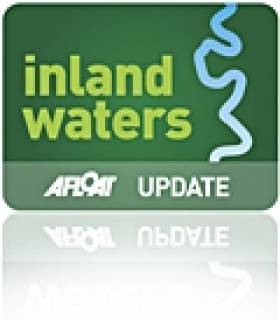Displaying items by tag: Restrictions
Freight (Truck) drivers, writes The Irish Times, have complained that they cannot get clear directions about Covid-19 safety rules from the Government on how they can be protected on the road in order to safeguard Irish supply chains.
The Irish Road Hauliers’ Association (IRHA) has sought clarity from the Department of Transport on whether drivers can get single cabins on ferries, or be allowed to sleep in their trucks, which they cannot do now.
The association also wants measures to protect drivers and cargoes if a driver falls ill on the road. Tachograph rules must be relaxed, too, if drivers are forced to drive for longer.
Incoming IRHA president Eugene Drennan said some ferries were now attempting to provide single cabins. However, he said truckers have looked for for clarity from the State for three weeks, without success.
Guarantees about cleanliness onboard ferries and in ports is needed, said Mr Drennan: “It’s very important that we can reassure our drivers that we have backup; if you get ill, Europe can get you out of that cab.”
Unaccompanied trailers (Seatruck Ferries)
Meanwhile, Seatruck Ferries, which operates routes: Dublin/Liverpool, Dublin/Heysham and Warrenpoint/Heysham is to temporary stop carrying HGV drivers and passengers on board.
The newspaper has more on this development here including a response from Irish Ferries (freight website) and Stena Line (also freight).
Afloat adds for more information on Un-accompanied trailers, HGV drivers and passengers (Afloat also adds only motorist based) click Seatruck's statement on Covid-19 here. In addition to information for car passengers click here.
For an insight into ro-ro freight operations Afloat's 'Ferry Captain Interview' featured the Seatruck Pace when serving on the Heysham route. The P-class currently operates on the Dublin/Liverpool route.
Notice of Upcoming Restrictions at Sarsfield Lock
#InlandWaterways - Waterways Ireland wishes to advise masters and owners of vessels and boats on the Shannon Navigation that Sarsfield’s Lock in Limerick will be operated on restricted service from Thursday 28 February to Saturday 9 March 2013.
During this time the lock will only operate from 10am to 12.30pm daily.
Masters and owners are requested to ring the lockkeeper at 087 797 2998 one day prior to making their passage.
























